Whether it’s your first year teaching or your 20th, you will likely always have kiddos in your class who need a bit more attention. Your whole classroom management strategy doesn’t always work for every single student. In this post I’ll outline my favorite positive behavior interventions to try in your classroom.
Are you picturing a specific student now? Maybe you have a student who has a lot of extra energy and cannot seem to stay in their seat, or one who lacks organizational skills and therefore doesn’t turn in any of their work. Whatever the behavior may be, it’s inevitable that you will need some positive behavioral interventions in your pocket!
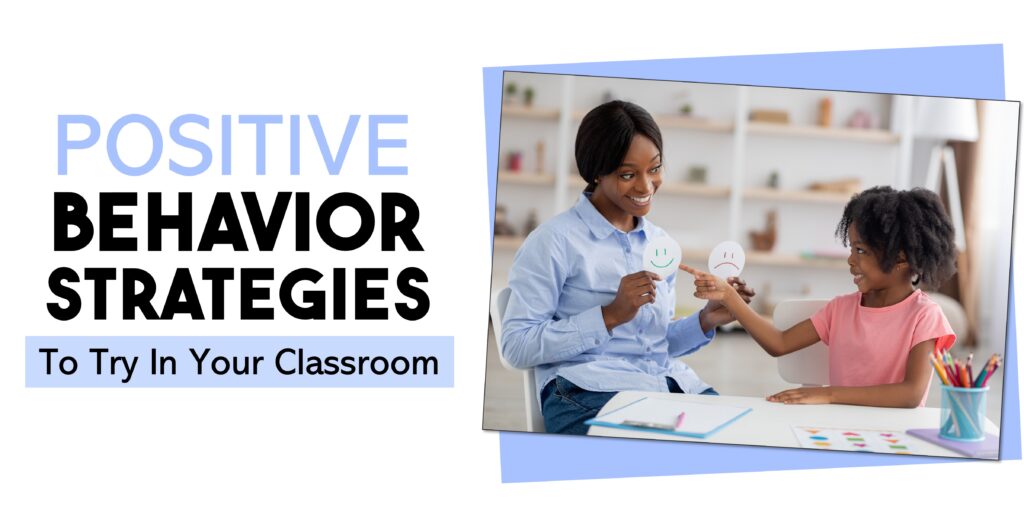
Tiers of Behaviors
As a teacher, I always looked at behaviors the same way I viewed academics. The PBIS Behavior Pyramid does a great job of providing this as a visual. Behaviors can be separated into tiers just like academics. The majority of your class will fall into Tier 1 where they respond appropriately to your whole-class management style (routine, daily schedule, morning meetings, positive praise, etc).
Then, there are always going to be a few students who need a bit more attention. These students would be classified as displaying tier 2 behaviors. They may just need a more individualized intervention (that we will discuss below).
And finally, you will likely have one or two students in each class that display tier 3 behaviors. Behavioral interventions for these students will involve the help of your school’s behavior team, and the likely creation of a Behavior Intervention Plan.
The Function of Behaviors
Before we jump into the positive behavior interventions, it’s important to briefly discuss the functions of behaviors, or why students display troubling behavior.
I won’t dive too deep into this now. However, it’s important to note that there is ALWAYS an underlying issue for undesirable behavior. Typically, these behaviors can be attributed to a child looking for attention, trying to escape, seeking access, and having unmet sensory needs.
You may sometimes feel as though you are a detective when trying to uncover this aforementioned issue, BUT trust me… it’s always worth it. As you already know…teachers wear many MANY hats.
To help understand the function, it’s also important to pay attention to the antecedent. What happened directly before the behavior?
After identifying the antecedent, ask yourself what you believe the child was hoping to get from the behavior. Attention? A need? An escape?
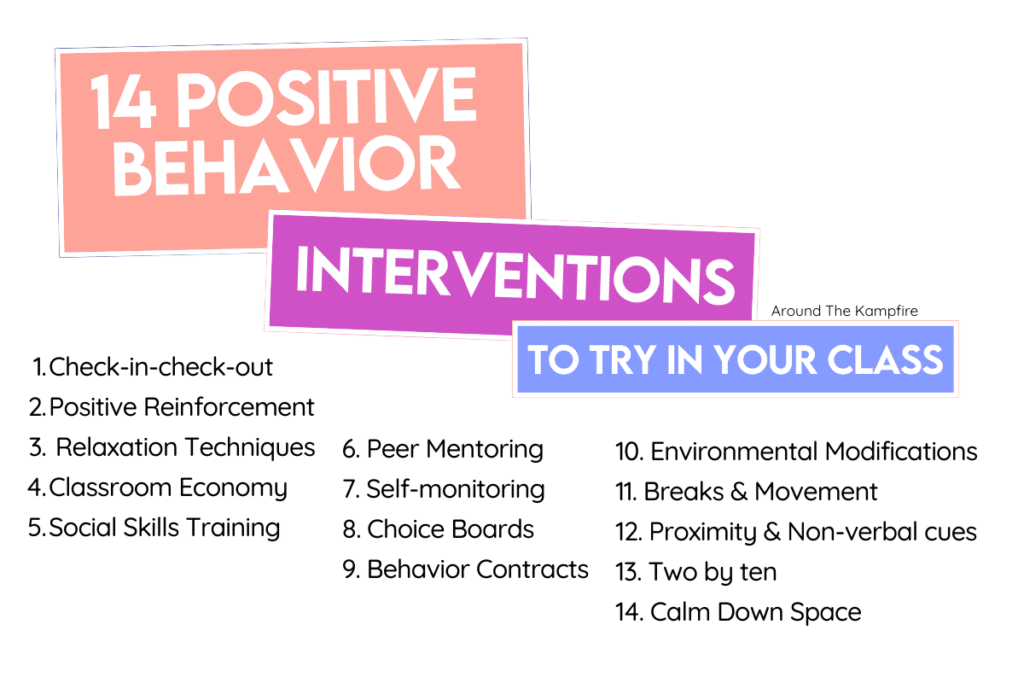
Positive Behavior Interventions Examples
Although some of the following positive behavior interventions could (and should) be used with your whole class, they are also meant to be slightly individualized for your Tier 2 behavior students who need extra attention and/or reminders.
IMPORTANT! Before even starting to look into more behavior interventions, be sure you have a SOLID whole classroom management plan in place. By tightening up your routines and staying consistent every single day, you will surely see a lot of behavior improvements.
If you are looking for whole classroom management strategies and ideas, be sure to check out this Classroom Management post.
Without further ado… here are 14 positive behavior interventions to try in your classroom!
1. Check in-Check Out
Check in- Check-out (CICO) is a powerful, evidence-based intervention that truly just takes an additional 10 minutes each day. A student is paired with a trusted adult who they will meet with each morning and afternoon.
During the brief meeting, they will be able to share any concerns, feelings, or goals they have for the day. Then, they meet again at the end of the day to reflect.
It can be helpful to have a check-in check-out folder to document the days and goals.
2. Positive Reinforcement
I know this one seems simple, but rewarding students for demonstrating positive behaviors can be highly effective. This can include verbal praise, stickers, small prizes, or privileges. Try to focus on the positives vs. always pointing out the negatives.
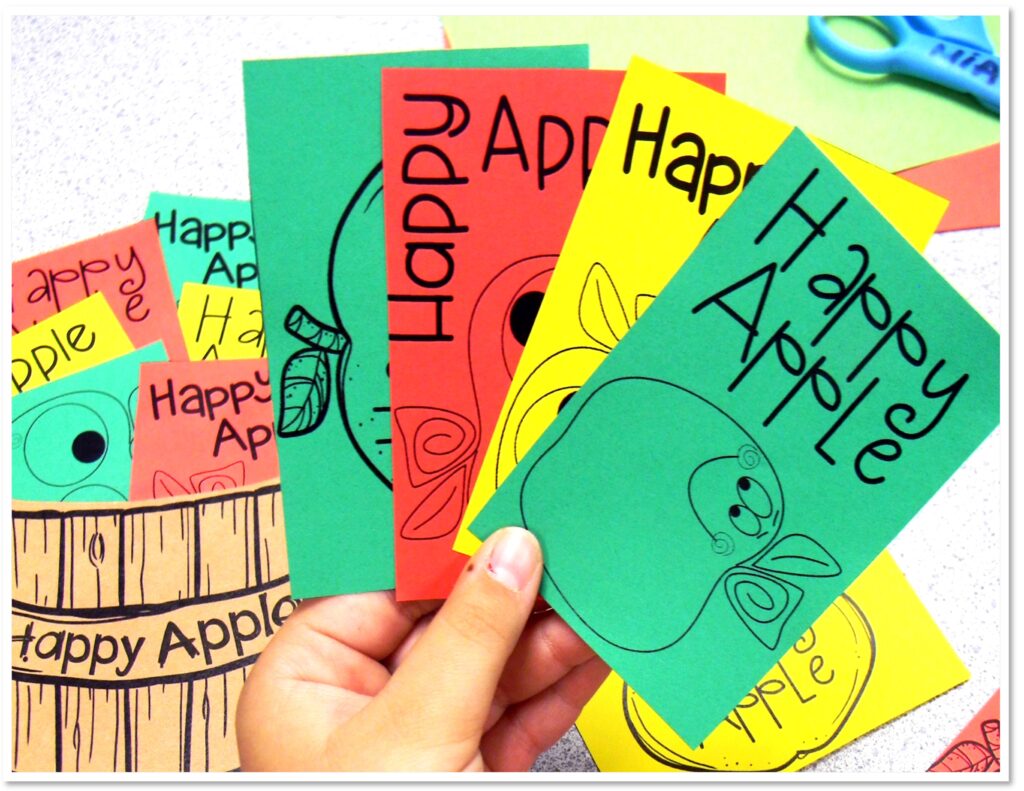
Free printable behavior coupons
3. Behavior Contracts
Collaborate with the student to establish a contract outlining specific behavioral goals and the rewards or consequences tied to meeting or not meeting those goals. Sometimes by seeing the goal and plan in writing, it can make it more effective and “real”. It’s also a great way to hold yourself accountable in the process.
4. Classroom Economy System
As adults, we work for money which is why I find an economy system with students effective. Create a system where students earn tokens or points for desired behaviors, which can then be exchanged for rewards or privileges. This can be used as a whole class management system as well.
When I taught Kindergarten students collected the behavior coupons pictured above. They made wallets to keep them in until it was time to exchange them for prizes or privileges. Grab the free printable behavior coupons and apple basket wallet templates.
Try to steer clear of taking points away or moving “down” a chart. It can be a very defeating feeling for a child with impulse control or other challenging behaviors. If you do take points away or move down a chart, be sure they are aware of why and know how they can earn them back. It’s so very important to use these moments as teaching opportunities.
5. Social Skills Training
A lot of behaviors stem from a lack of knowledge. Students do not always know what is expected of them or how to appropriately act.
Teach students specific social skills, such as active listening, conflict resolution, and cooperation, to enhance their interpersonal interactions and reduce disruptive behaviors. This can be done via books, videos, morning meetings, or 1 on 1 discussion.
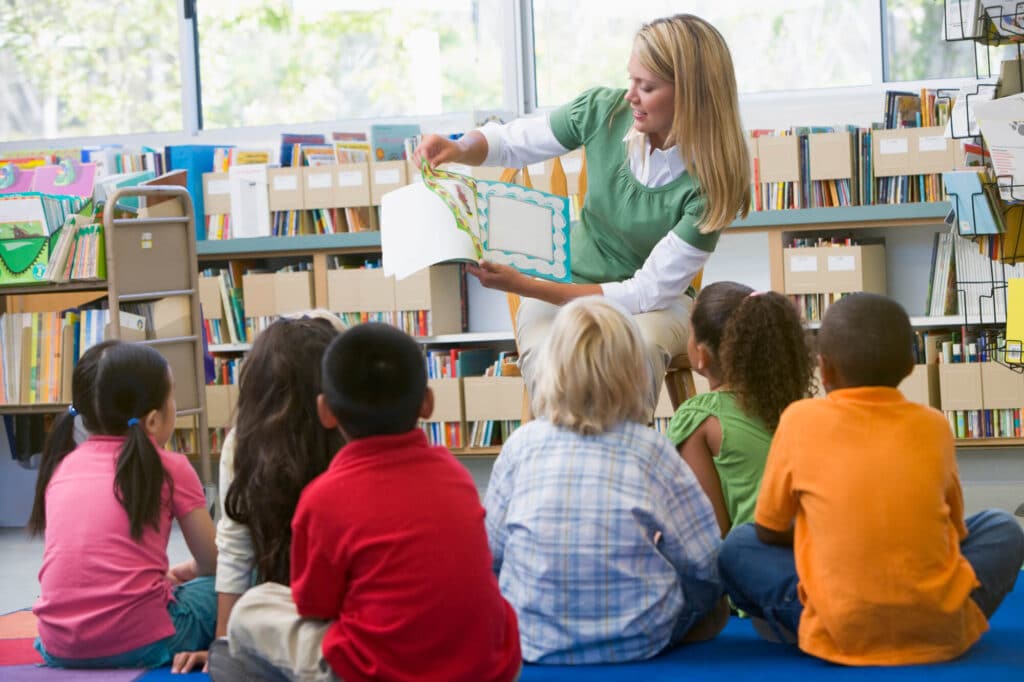
6. Peer Mentoring
Sometimes, students listen better to kids their own age. And sometimes, they may be acting out because they just want to feel like they belong. Pair students with positive role models in the classroom who can provide guidance and support, fostering a sense of belonging and encouraging appropriate behavior.
7. Self-Monitoring
I love this one as it focuses on responsibility, self-awareness, and accountability. Encourage students to track their own behavior and progress using behavior charts or checklists. I use the self-monitoring checklist in this post during center time to help keep students on task. Students keep them in their center folders where they can see them and be reminded of their goals.
8. Choice Boards
If you see problem behaviors arise during specific times of the day, you could try differentiated choice boards. These provide students with a range of acceptable activities or tasks from which they can choose, empowering them with a sense of autonomy and reducing resistance or defiance.
For example, during recess, you could give your student a board with 10 different options (none of which include the undesirable behaviors). They could check in with you each time they pick a new activity.
9. Relaxation Techniques
Teach students relaxation strategies, such as deep breathing or mindfulness exercises, to help them manage stress, anxiety, and impulsivity. This one is also great as a whole-group management technique! You can also find helpful YouTube videos to aid in this positive intervention strategy.
10. Environmental Modifications
Sometimes behavior can be proactively avoided by simply modifying the environment. You should always create a classroom environment that supports positive behavior.
This can include arranging desks in a way that minimizes distractions, providing fidget tools for students who need them, having a space where students can take a break, or incorporating calming colors or visuals.
11. Breaks and Movement
Allow students periodic breaks or opportunities for movement throughout the day (also important for your whole class). Physical activity can improve focus and reduce restlessness or hyperactivity.
Be sure to schedule brain breaks throughout the day. It’s helpful if they are on your daily schedule so students know when to expect them.
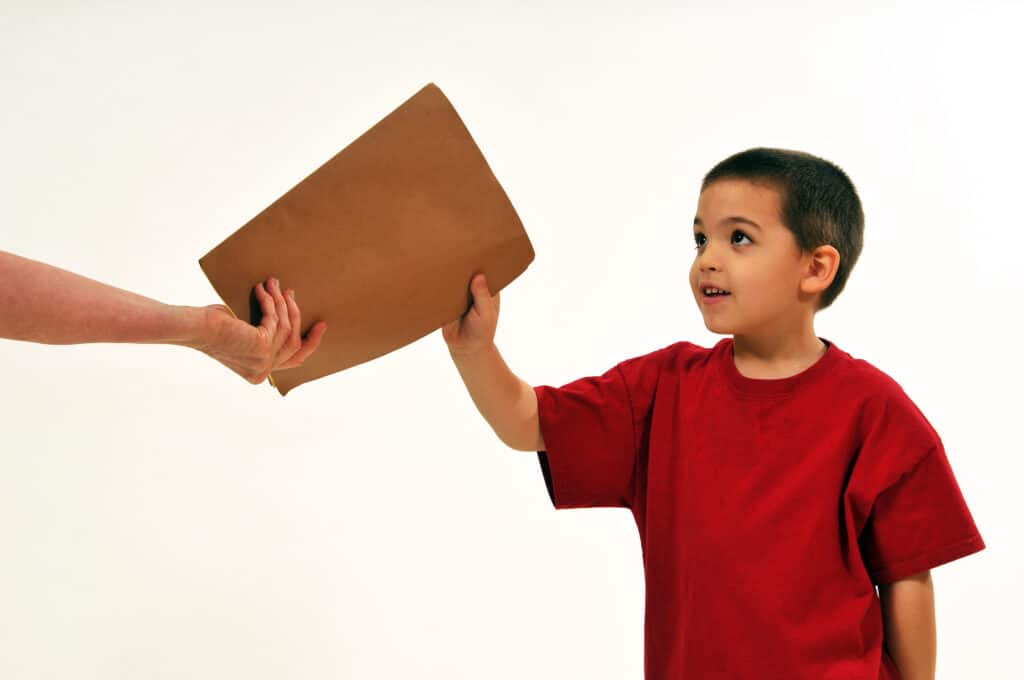
One of my favorite positive intervention strategies to use when I could tell a student needed an additional break (but the rest of the class was still working hard) was the handy dandy “errand” technique. Have a designated “errand” folder that you can give to the student to bring to the designated “errand” teacher. The other teacher will know exactly what it means and will understand that student A needs a short break or walk.
12. Proximity and Nonverbal Cues
Another simple but EXTREMELY POWERFUL tool. Use proximity control by moving closer to a student or employing nonverbal cues (e.g., eye contact, gestures) to redirect their attention or signal the need for behavior adjustment.

Instead of drawing attention to the negative behavior (sometimes this is what the student is hoping for), simply move toward the student. It’s great if you have a predetermined signal that you have agreed on.
For example, if a student needs a break they could show you a stop sign and you would know that they need to step into the calm down corner for a few minutes. This allows fewer disruptions for the whole class.
13. 2×10
For any student who is seeking a bit more attention (but maybe doing so in distracting ways), the two-by-ten strategy is an easy and effective behavioral intervention. All you have to do is spend 2 extra minutes with the said student each day for 10 consecutive days. Ask them what they enjoy. Do they play sports? What’s their favorite part about school? Just spend the time showing you care.
14. Calm-down Corner
I don’t like to pick favorites, but effectively using a calm-down corner is definitely one of my favorite positive behavior interventions to use inside the classroom.
A calm-down corner should NEVER be used as a punishment or consequence, but rather a tool. Fill a space in the room with fidgets, breathing techniques, paper, and other calming tools, and teach students that it is a space they can go to if they feel they need to step away or are in need of a break.
It’s great for teaching students self-monitoring, emotional regulation, and refocusing skills. Just be consistent in the rules and be sure students are using it appropriately (it’s not for getting out of work or staying in all of class).
Positive Behavior Interventions to Try in the Classroom Reminder
Remember, every student is unique, so it is crucial to assess and tailor these positive behavior strategies to individual needs. A combination of these positive behavior interventions, along with consistency, patience, and ongoing support, can help create a more positive and conducive classroom environment. As with anything in the education world, it’s important to stay consistent with the interventions and document all changes that you see. I’m confident that you will see positive changes in no time!
If you’ve found this post helpful please share it with your teacher friends!
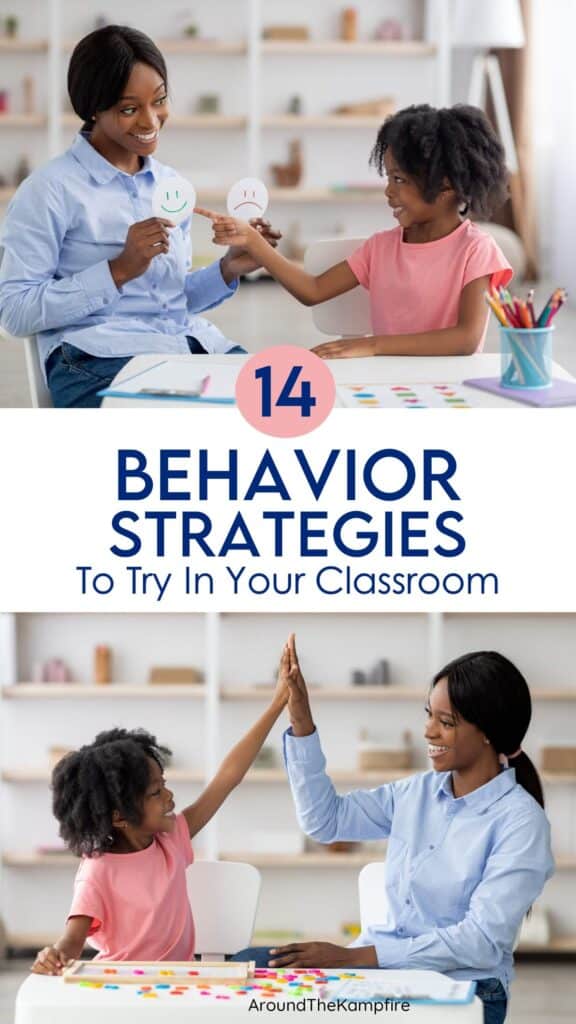
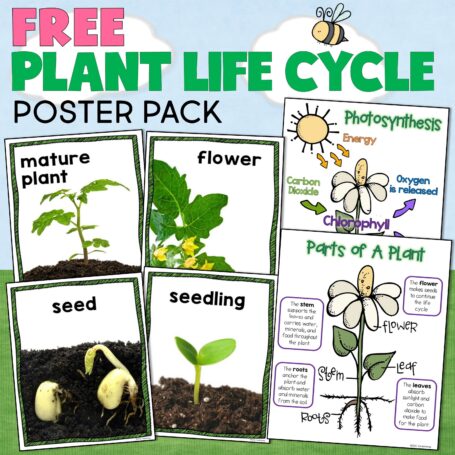
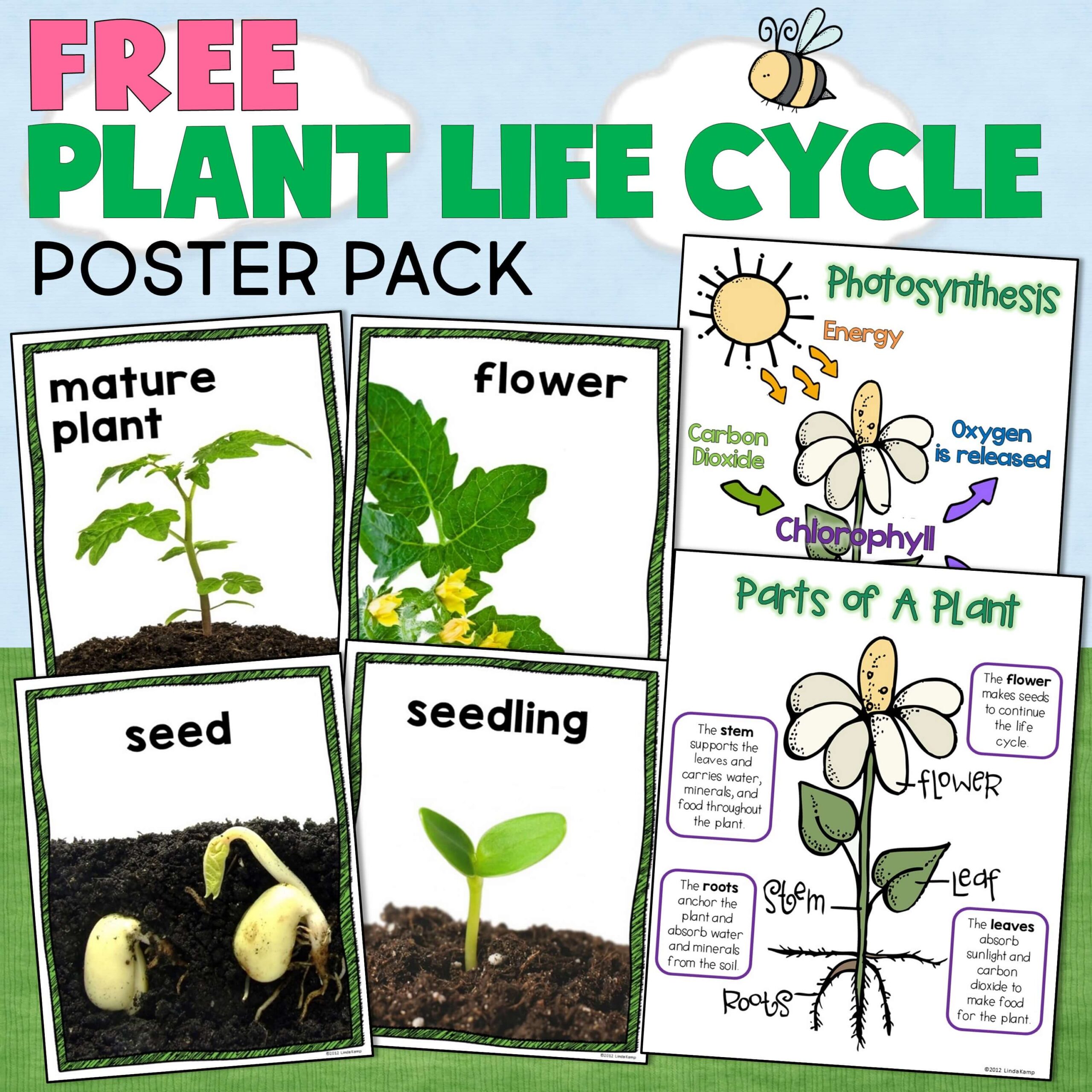

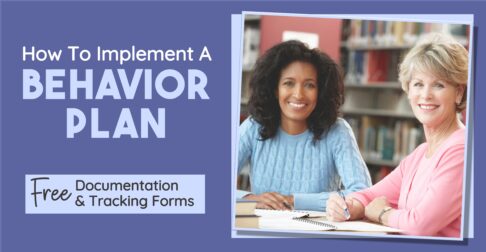
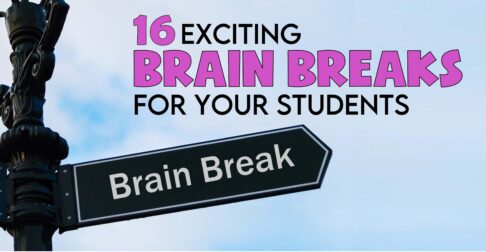

Leave a Comment